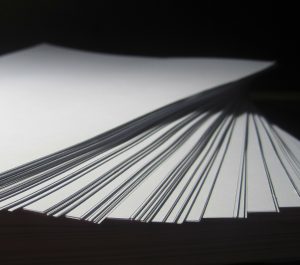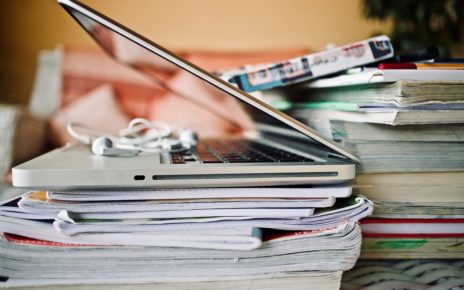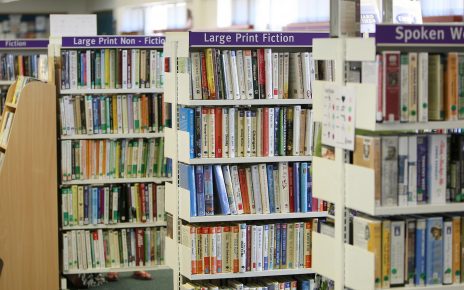Even in ancient civilizations, people looked for ways to chronicle their stories and their memories. Ancient writings carved into stones and stories written on cave walls can be found even today. As humanity evolved, people looked for more efficient ways to write stuff down and compile information. Ancient Egyptians had made up papyrus by pounding the woven stems of the papyrus plant, but it wasn’t until Johannes Gutenberg invented his printing press that the way we produce books was truly modernized. As civilization evolved further, so did the whole process of bookmaking and the materials used in it.
Paper
 Books are printed on sheets of paper, so it is safe to say that paper is the starting point for every book. There are different types of paper, and the type of paper to be used is determined by the type of the book. Most common types of paper are the following:
Books are printed on sheets of paper, so it is safe to say that paper is the starting point for every book. There are different types of paper, and the type of paper to be used is determined by the type of the book. Most common types of paper are the following:
- Machine-finished coated paper is made of 60–85% groundwood and 15–40% chemical pulp. It has high print gloss and good surface properties, and is most often used in paperbacks.
- Woodfree uncoated paper is manufactured by using wood from which the lignin is removed during the process. This type of paper has a natural look and feel.
- Coated fine paper is commonly used for offset printing.
Ink
Printing inks are divided into two categories: ink for conventional printing and ink for digital non-impact printing. The conventional way of printing uses a mechanical plate that transfers the image to the paper, while the digital non-impact method of printing uses the ink-jet and electrophotographic technologies.
Glue
There is a lot of different types of adhesives used to bind the pages together and the used type often depends on the manufacturer. Some of the most popular ones are the animal glue, isinglass, wood glues, PH neutral and methylcellulose.
Thread
The preferred material for conventional bookbinding is the unbleached linen thread. However, unbleached long-staple cotton can serve as a fine replacement. When it comes to slightly unconventional materials, you can even use strong nylon thread, carpet thread or even waxed dental floss.

Cloth
Bookcloth is the material that offers the majority of options when it comes to bookbinding. It is made of cloth backed with paper that has a purpose to protect the cloth from the adhesives used to glue the bookcloth to the covers. Instead of the bookcloth, different types of leather can also be used for this purpose.
Conclusion
These are some of the basic and most common materials used when binding a book. Depending on its quality or rarity, there are a lot more materials that can be used to give a book more prestigious look.




